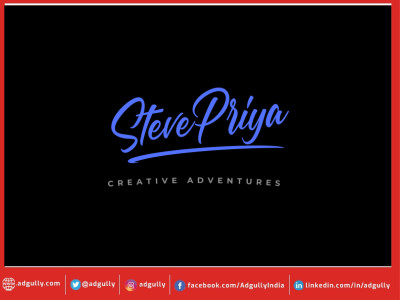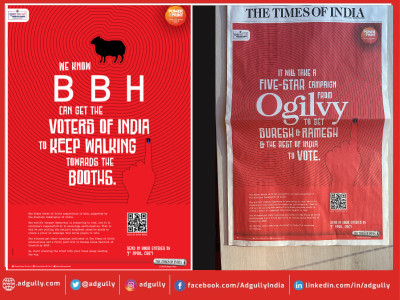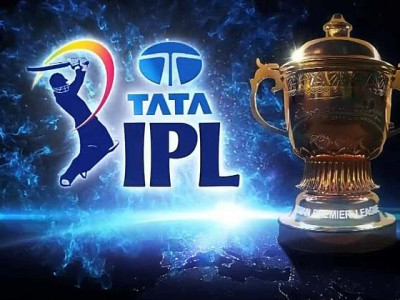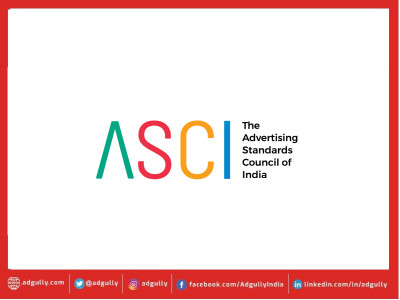Pitch Pains Part 1: Unscientific, Chaotic and Exploitative
Recently, a Singapore-based company was in the news for calling around 50 agencies for a pitch. Eventually 27 agencies pitched for the client. In another instance, Tenaga Nasional Berhad (TNB), a Malaysia-based utilities company, was also in the spotlight for charging a pitch fee amounting to RM5,000 (around S$1,600) from each agency vying for its account. The pitch fee was non-refundable. We are all aware about the much published incident of the Vivo campaign.
Even though the first advertising agency in India was formed before independence (1931), it seems to be stuck in terms of trends, norms and strategy. It has grown from a small scale business to a full-fledged industry over the years and contributes to 0.45% of the GDP in Asia (Source: IBEF). India is the second fastest growing advertising market in Asia.
An important aspect of advertising is the pitch process, which has always been under the scanner. Not much change has been seen in the pitch trend since the 70s. As is known, a pitch isn’t just about an idea presented to the client. It involves a lot of investment in terms of time and resources from the agencies’ end. However, the pitch process is anything but organised or a smooth affair.
In the shoes of an agency
Imagine this, you’ve have invested most of your time and resources to gain business from a brand. After weeks of preparation you realise you’re competing with others for this brand. You have a great idea backed by a lot of effort however; it doesn’t get picked up and the business is given to another agency. Yes, it is understood that rejection is a part of creativity, but what if your idea has been imposed to another agency because your idea was great, but the other agency had a lower fee.
Idea shopping is a harsh reality in the Indian advertising industry. As we saw in the recent case of Ogilvy and Vivo, Ogilvy’s idea was given to Dentsu by the client. Vivo liked the idea, however, they chose to keep it and use it with Denstu as they were charging less when compared to Ogilvy.
Also read:
Idea Shopping: Will it wedge a divide between agency and clients?
Hari Krishnan, President, Lowe Lintas, called the pitch process “Unscientific, Chaotic and Exploitative.” He minced no words when he said, “Today, a very high percentage of pitch invitations turn out to be idea shopping exercises and/or an exercise in vanity. This results in many agencies burning a hole in terms of resources, effort and time cost. Some pitches have in excess of 5 agencies that compete. This shows lack of clarity on the part of the client with regard to the kind of creative partner they would want to entrust their brand with. There is more clarity when it comes to choosing a holiday destination!”
Ideas take time to be fully formulated. A song or any piece of art needs its own time to be created in the right away and blossom the way it should to have enough impact. An idea for an advertisement is nothing different. Creatives take time and as mentioned above, need a lot of investment in terms of manpower too. However clients don’t seem to really understand that and a pitch process becomes more of a pressure cooker kind of situation where the agency seems to be at the mercy of the client. Describing this situation, Sanjeev Jasani, Chief Digital Officer, Cheil India, said, “In most cases a pitch is called simply to fish for ideas or arm twist the incumbent agency to reduce their prices. We have also started to see clients who give you not more than 7 days for a pitch and then take months to decide post that. It’s completely unorganized and bizarre at the moment and it’s a few of these clients who spoil the entire process and takes away the joy of pitching.”
It’s in the hands of the agency
It is true that clients take advantage of the fact that agencies are very eager to pitch for new business. However agencies themselves need to take responsibility for the way a client treats them. Tarun Rai, Group CEO and Chairman, Wunderman Thompson, South Asia, noted, “The problem begins with agencies. We pitch too much and we do it without, first, doing our due diligence on the client, the nature of the assignment and asking questions including how big the business is likely to be. There is a lot of new business drive but not enough new business strategy. So, for starters, agencies need a well thought-out new business strategy and second, learn to say no to some pitch invitations. Till we don’t do this there will continue to be situations where a large number of agencies land up to compete for an account. In fact, rather than saying no, many agencies are going out of their way to pitch even when they are not invited. Recently, a client told me that they had invited only three agencies to pitch. However, they ended up with nine as agencies kept calling them and asking to be invited.”
Adding to this Rohit Ohri, Group Chairman and CEO, FCB India, said, “Clients often call multiple agencies for a pitch which sometimes goes up to 15-16 agencies. This creates a kind of circus of ideas and the client is often confused as to who has presented what which in turn creates an unclear idea in mind of the client itself. The process itself gets very clouded.”
Pitch Fee: A debate forever
Pitch fee is another aspect of the pitching process itself. A topic which is controversial and debatable in nature, it is the fee that is charged by the agency to the client to appear for a pitch. This idea unlike idea shopping hasn’t really been prevalent in the industry. There are a few factors that contribute to this. Firstly, new strategies and processes haven’t been adopted by the industry and agencies still pitch for free. In an ideal situation no agency should pitch for fee. While the industry has changed dramatically why should the pitch process still be the same? Because of this, a lot of the newer or smaller agencies lose opportunities because they fall short in terms of resources and need the money to create a good pitch. This “No pitch fee” idea is beneficial only to the bigger agencies who can afford to not be paid for the resources they have invested for a pitch. Also if an agency is paid for a pitch, it is mostly the bigger agencies that get that and the smaller ones are often left out.
According to Khushboo Solanki Sharma, Founder of Zero Gravity Communications, “Except for national agencies or big 10s regional ones are never paid for the pitch they make. Like they say size matter here, we have come across so many cases where our pitch had been more researched, detailed, and with a creative approach, while nation agencies come and present their credentials, other case studies, and showreel. We get appreciated for thought and effort but not commercially.”
Current situation: Agency < Client
We see clients taking advantage of the old norms of the industry when it comes to the pitch process. Agencies are very eager to pitch for a client resulting in the supply of ideas being much more than the demand is. Now while we all know the way economics works, when the supply is much more than the demand, you cannot even begin talking about the price of your commodity. The control is lost when the supply exceeds the demand. In such situations the agencies often have to dance to the tune of the client and do as he says. The client won’t pay the agency and if the agency refuses to work or even ask for a fee, the client always has other options and agencies which will pitch for free.
Also, the agency doesn’t want to ruin a relationship with the client and hence they often let things be as it is. Jasani pointed out, “It’s a problem of supply and demand. You cannot have a pitch fee concept if the supply is more than the demand. In a case like this, it’s the clients who need to be more mature and handpick their agencies to pitch and keep a pitch fee. That way, you can also focus on the best and everyone knows it is serious business and put their best foot forward. We also need a strong neutral body through which all the pitches can be run.”
Now we see that the advertising industry has many unsolved problems especially related to the pitch process. Agencies are at the mercy of the client, they aren’t paid for the pitches and even if they are, the money only goes to the bigger agencies. Clouded and chaotic is the situation of pitching in the world of Indian Advertising today. But what are the solutions? How can this situation be fixed or is it even fixable? What will the industry need to do to get out of this situation? To dive into the solutions for this, stay tuned for Part Two of this story as we take this discussion forward.
Tomorrow: What is the way out?























Share
Facebook
YouTube
Tweet
Twitter
LinkedIn